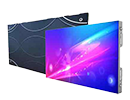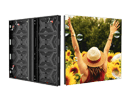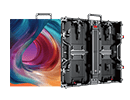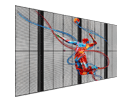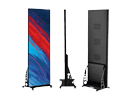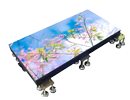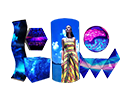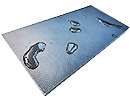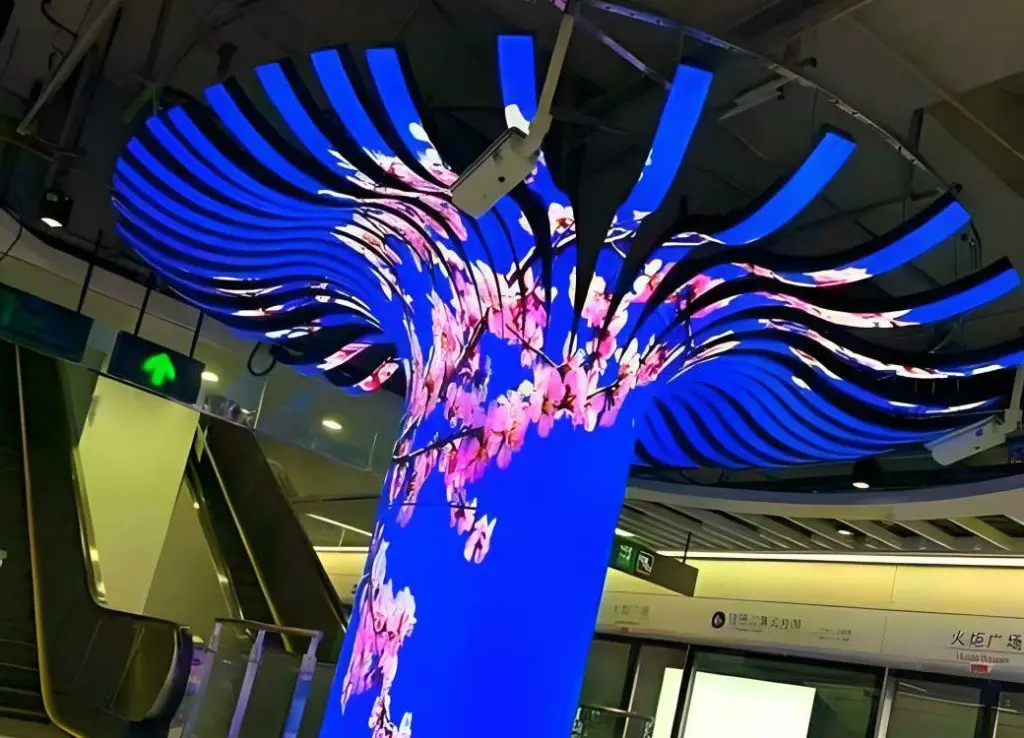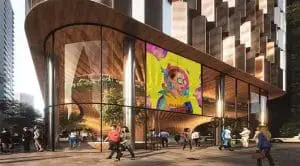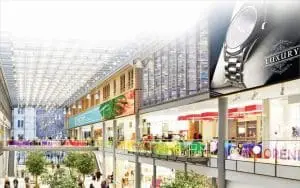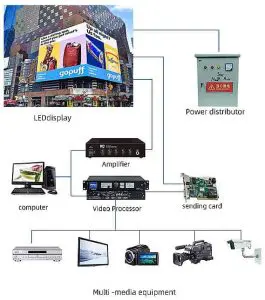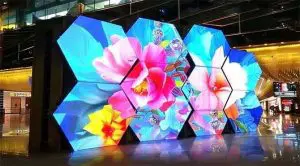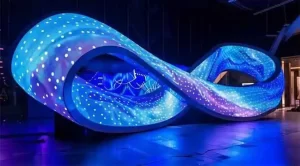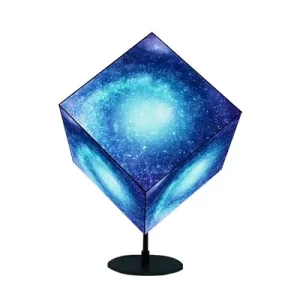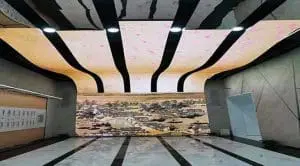Flexible LED Screen: Ultimate Guide to Features, Benefits, and Applications
A flexible LED screen is a modern display technology made with bendable LED panels. Unlike rigid traditional screens, flexible LED displays can curve and wrap around surfaces, making them ideal for creative designs in advertising, events, and architecture. With sharp visuals, bright colors, and lightweight materials, these screens enable designers to craft unique, engaging displays. The global market for flexible LED screens is expected to reach $5 billion by 2028 (source: MarketsandMarkets), driven by demand for innovative, immersive visuals.
This comprehensive guide covers the features, benefits, uses, costs, and future trends of flexible LED screens. Whether for retail, events, or architectural projects, discover how curved LED screens can elevate your setup.
What Is a Flexible LED Screen?
A flexible LED screen consists of soft, lightweight modular LED panels that bend and adapt to various shapes. These screens create curved, wave-like, or circular displays without losing image quality. Bendable LED panels are modular, allowing seamless assembly into custom sizes and layouts. Unlike fixed screens, they conform to irregular surfaces, offering versatility for dynamic installations.
Key Features of Flexible LED Screens
Flexible LED displays are packed with advanced features:
- Bendable and Lightweight: Curve into cylinders, waves, or arches; easy installation on walls or ceilings.
- High-Quality Visuals: Pixel pitch LED screens from P1.5 to P6 for sharp HD/4K resolutions on curved surfaces.
- Seamless Design: Modular LED screens connect without gaps using magnetic or snap-on systems.
- Bright and Clear: 800–5,000 nits brightness; wide viewing angles (140°–160°) for all positions.
- Durable and Safe: Shockproof, heat-resistant materials for longevity.
- Easy to Set Up: Magnet, bracket, or adhesive mounting; front-access for quick maintenance.
- Energy Efficient: Low power use reduces costs and environmental impact.
These features make flexible LED screens superior for creative, high-impact applications.
Benefits of Flexible LED Screens
Investing in a flexible LED screen provides numerous advantages:
- Creative Design Options: Form unique shapes like spirals or curved LED screens for standout visuals.
- Versatility in Settings: Adapt to curved walls, columns, or uneven surfaces.
- Lightweight and Portable: Ideal for temporary events; easy transport and setup.
- Space-Saving: Thin profiles mount directly, eliminating bulky frames.
- Durability for Long-Term Use: Withstand bending without performance loss; lifespans of 50,000–100,000 hours.
- Audience Engagement: Bright, dynamic displays increase interaction by 40% (per industry studies).
- Cost Savings: Energy efficiency lowers bills; modular design reduces maintenance.
Applications of Flexible LED Screens
Flexible LED displays are versatile across industries:
- Architecture and Interior Design
- Curved LED Screens on Walls/Ceilings: Dynamic visuals in hotels or malls.
- Decorative Displays: Art-like installations in offices.
- Advertising and Branding
- Digital Signs: Wrap around columns for ads.
- Store Displays: Product promotions on shaped screens.
- Stage and Event Designs
- Concerts: Wave-shaped backdrops for immersive shows.
- Exhibitions: Standout booths at trade shows.
- Entertainment and Theme Parks
- Immersive Installations: Interactive museum exhibits.
- 360-Degree Screens: Wraparound for VR or planetariums.
- Transportation
- Car Interiors: Bendable LED panels for dashboards.
- Public Transport: Curved screens in stations for schedules.
- Sports Venues
- Stadiums: Perimeter wraps for scoreboards.
- Fan Zones: Interactive curved displays.
Case Study: The Dubai Mall uses flexible LED screens for curved retail displays, boosting foot traffic by 25%.
How to Install Flexible LED Screens
- Planning: Measure surfaces and choose pixel pitch.
- Mounting: Use magnets or brackets for curves.
- Assembly: Connect modular LED screens seamlessly.
- Testing: Calibrate brightness and content.
- Maintenance: Front-access for easy repairs.
Costs of Flexible LED Screens
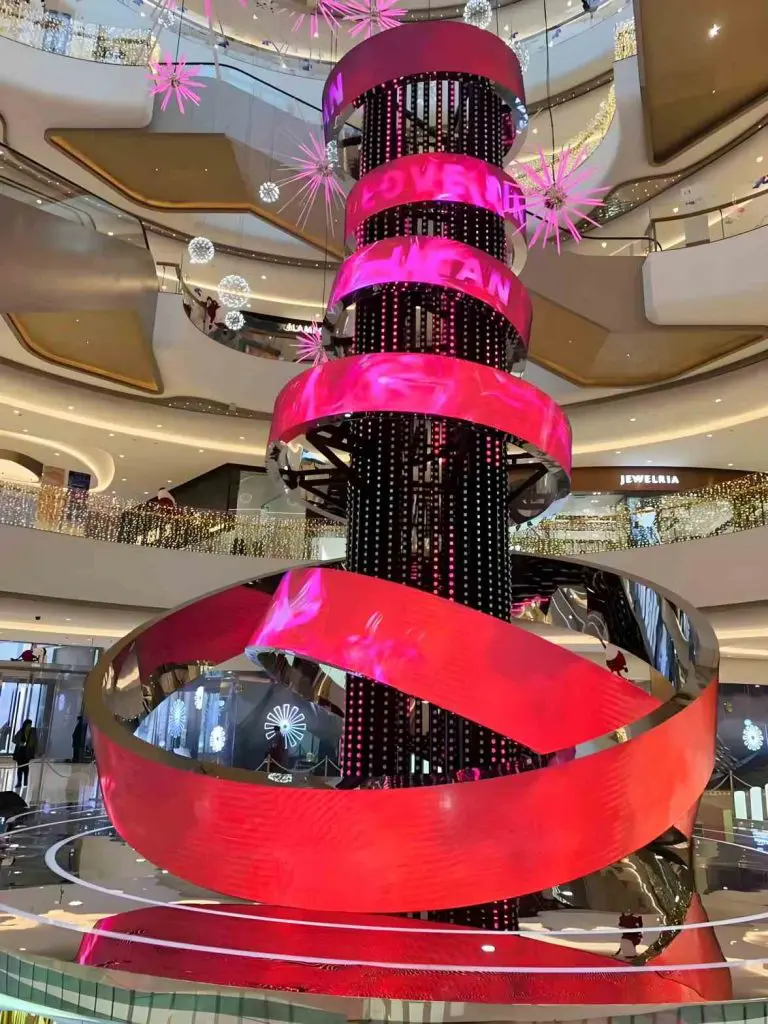
Costs depend on size, resolution, and complexity (2023 estimates):
- Pixel Pitch
- P1.5–P2.5: High-res for close viewing ($2,000–$4,000 per m²).
- P3–P6: Standard for medium distances ($1,500–$3,000 per m²).
- Screen Size
- 10 m²: $15,000–$30,000.
- 50 m²: $75,000–$150,000.
- 100 m²: $150,000–$300,000+.
- Indoor vs. Outdoor
- Indoor: $1,500–$3,000 per m².
- Outdoor: $2,500–$5,000 per m² (weatherproof).
- Installation Costs
- Simple: $5,000–$15,000.
- Complex (curved): $20,000–$50,000+.
- Accessories
- Media Servers: $10,000–$50,000.
- Power Supplies: $5,000–$20,000.
| Screen Size | Pixel Pitch | Use Case | Estimated Cost (USD) |
|---|---|---|---|
| 10 m² | P2.5 | Store display | $20,000–$30,000 |
| 50 m² | P4 | Outdoor billboard | $100,000–$150,000 |
| 100 m² | P6 | Concert stage | $200,000–$300,000+ |
ROI: Flexible LED screens often pay off in 1-2 years through enhanced engagement.
Future Trends in Flexible LED Screens
- Transparent Screens: Flexible LED displays that allow light passage for futuristic designs.
- Higher Resolutions: Sub-P1.0 pixel pitch for ultra-HD.
- Eco-Friendly Designs: Recyclable, low-energy materials.
- Interactive Features: Touch-sensitive bendable LED panels.
- AI Integration: Automated content optimization.

